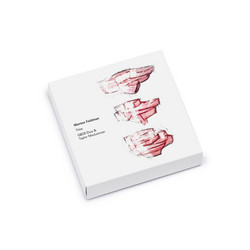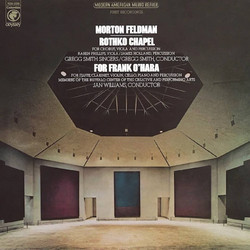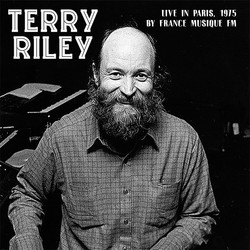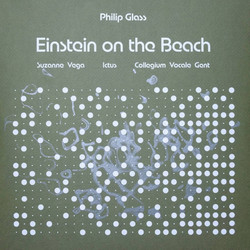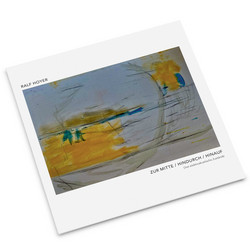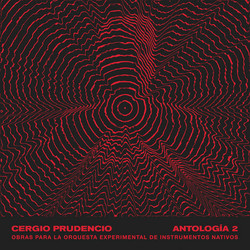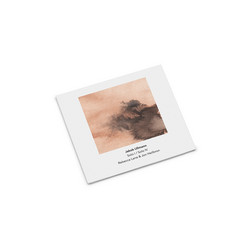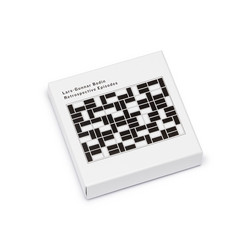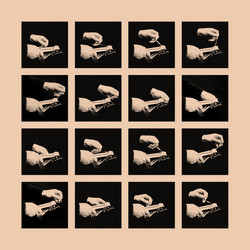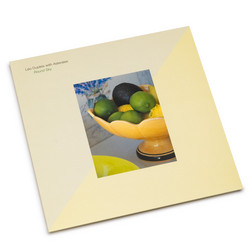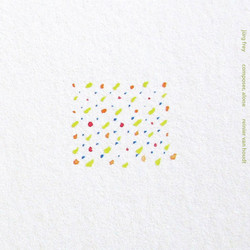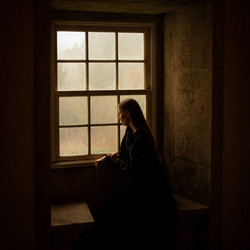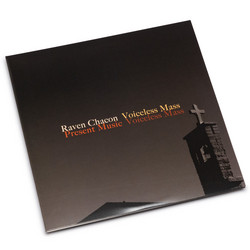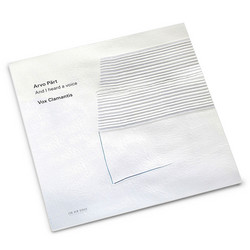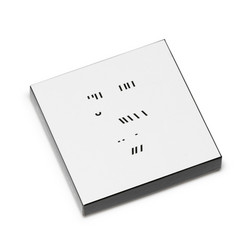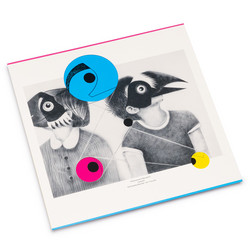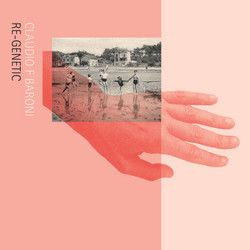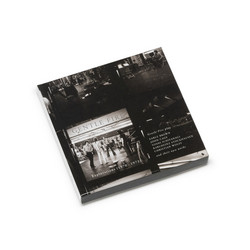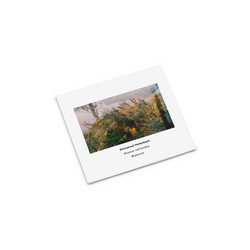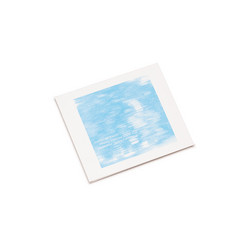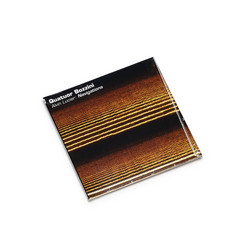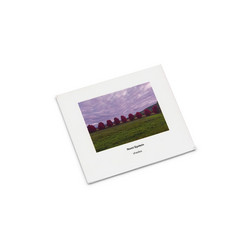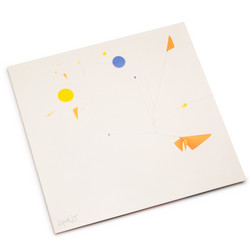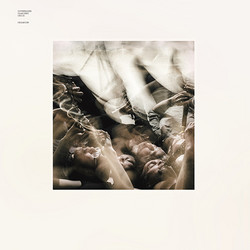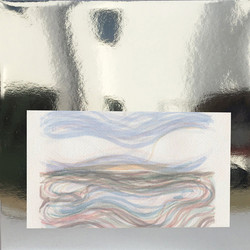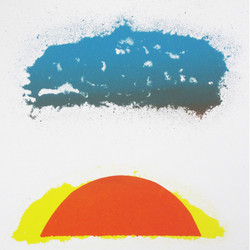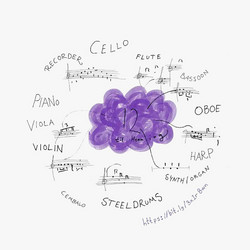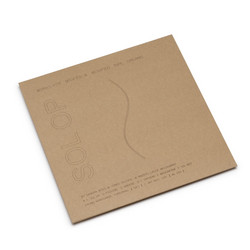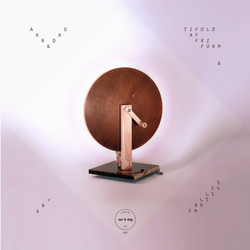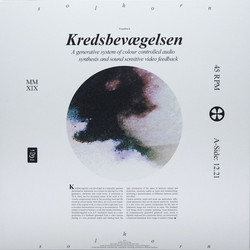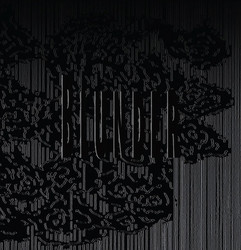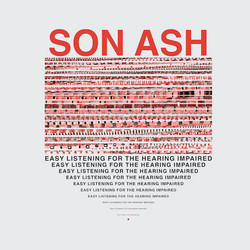In Jeux d’eau, Copenhagen Clarinet Choir and Anders Lauge Meldgaard embark on a luminous exploration of sound, fluidity, and interconnection. Emerging from a long process of workshops and shared listening, the work—set for release in November 2025 on the År & Dag label with a joint vinyl edition on Conatala Records in Japan—embodies a rare synthesis of acoustic and electronic craft. Meldgaard’s participation on the New Ondomo and modular electronics infuses the ensemble’s clarinet-based timbre with rippling currents of synthetic resonance, creating a sound world at once spacious, tactile, and perpetually in motion. The inspiration traces back to Meldgaard’s visit to the gardens of Villa d’Este, where the play of water and light once moved Liszt and Ravel to their own Jeux d’eau. Yet, rather than mimic those historical tributes, this new version transposes their spirit into a collective improvisational practice. Across ten movements, the ensemble’s six clarinetists—led by Carolyn Goodwin and including Anders Banke, Francesco Bigoni, Maria Dybbroe, Jonas Engel, and Henriette Groth—delve into a constantly shifting field of textures. Each piece unfolds as a current within a greater hydrological system: tones surface, dissolve, and return in altered forms, guided by real-time gestures and intuitive responsiveness.
Far from a fixed composition, Jeux d’eau is an evolving organism. Its development grew through repeated encounters between Meldgaard’s compositional sketches and the ensemble’s interpretative instincts. Every rehearsal became a site of discovery, refining not just form and phrasing but a mode of collective perception. The process stands as much as a musical statement as the recorded result does: a demonstration that listening, when practiced as a relational act, can itself be generative. This ethos gives Jeux d’eau an immediacy that resists repetition—each performance or playback reanimates its watery logic anew. Conceptually, the piece extends beyond technique or timbre. It functions as a meditation on water as metaphor and material: a reflection on continuity, fragility, and the porous boundaries between human and environment. By dedicating their music to this elemental substance, the collaborators remind us that both sonic and ecological balance depend on sensitivity and adaptation. The ensemble’s circular breathing, the gentle interference patterns of electronics, and the organic pulse of clarinet harmonics all evoke systems that are self-sustaining yet vulnerable to collapse. In this sense, Jeux d’eau becomes not just an homage but a quiet act of care—a sonic plea for attentiveness to the world’s subtle interdependencies.
